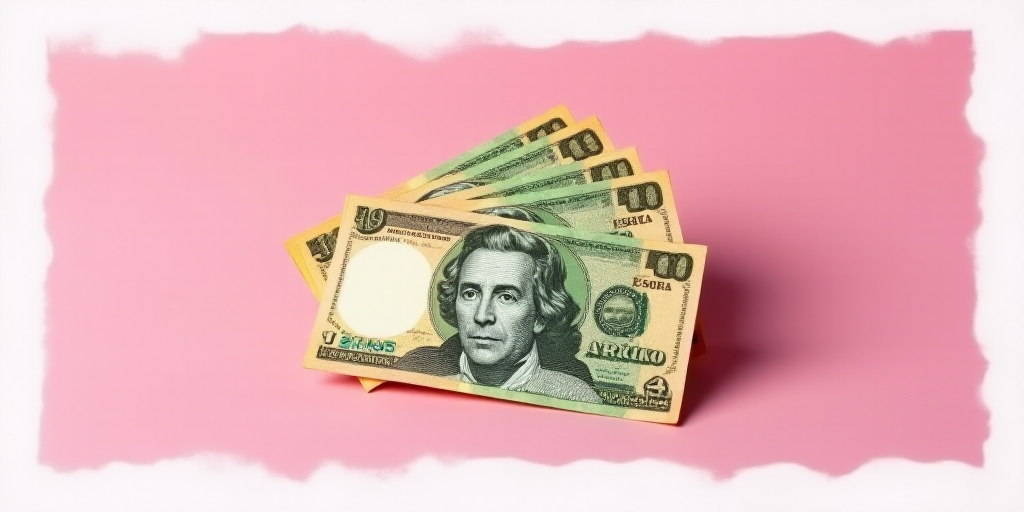Cash Preference Amidst Rising Counterfeit Concerns
Mexicans prefer cash for their daily activities, such as buying bread, paying at the supermarket, filling up with gasoline, and bringing morning coffee to the office. This preference exposes them to various risks, including receiving counterfeit money.
Every day, approximately 3.3 trillion pesos in bills and coins circulate on Mexican streets, which is 200% more than a decade ago, according to Banco de México (Banxico) data up to August. This demonstrates the high demand for cash in the country, despite increasing digitalization of the economy.
Cash Usage Statistics
According to the National Inclusion Finance Survey (ENIF), 73.5% of Mexicans use cash for transactions over 500 pesos, increasing to 85.2% for amounts under that threshold.
Despite this trend, cash transactions in Mexico have been declining and are expected to continue doing so. In 2014, the percentage of cash transactions at point-of-sale was 76%, while in 2021 it dropped to 35% and is projected to reach 31% by 2030, as per Gustavo Méndez, Deloitte’s Financial Services Partnership Leader.
However, Méndez notes that the decline in cash usage in Mexico has occurred at a slower pace compared to countries like Colombia and Brazil.
The Most Counterfeited Bill
The surge in cash usage has opened the door for counterfeiters, who favor the 500-peso banknote. On average, from 2015 to the first half of this year, nearly 50% of detected fake bills were of this denomination. In 2024, it reached its peak at 62%.
Over these 10.5 years, 1.51 million counterfeit 500-peso bills have been produced, totaling 758 million pesos. Additionally, 3.07 million counterfeit bills of all denominations (20, 50, 100, 500, and 1,000 pesos) were detected, totaling 1.039 billion pesos.
On average, 292,317 counterfeit bills were detected annually. In 2022, the highest number was recorded at 350,828 bills.
Besides the 500-peso bill, the 200-peso and 100-peso denominations are also frequently counterfeited, averaging 26.2% and 15.8%, respectively.
Luisa, a small business owner and stationery shop manager, reports that attempts to defraud with 500-peso bills are becoming increasingly common. “You know your customers, and suddenly strangers come in to buy a few items and pay with one of those bills. I check it carefully and, if it seems suspicious, I refuse the transaction,” she says.
Alfredo, a supermarket cashier, shares that they often receive attempts to pass counterfeit 200 and 500-peso bills. “We must check thoroughly, as failing to do so results in them demanding the transaction be completed,” he explains.
What to Do if You Receive a Counterfeit Bill
If you’ve encountered situations like “I paid and was given a counterfeit bill” or “the ATM dispensed a fake bill,” and you’re unsure of the process to follow, the National Commission for the Protection and Defense of Users of Financial Services (Condusef) outlines the steps to take.
If you receive a bill and doubt its authenticity or were told it’s counterfeit, visit any bank branch to request that your bill be sent to Banco de México for analysis. The branch will provide you with a receipt containing the bill’s details (denomination, serial number, series, and issuance date), your personal information (name, address, and phone number), and the branch’s details.
The receipt includes a folio number and date, which will allow you to track the analysis results issued by Banxico within a maximum of 20 business days from receipt.
If you withdrew a potentially counterfeit bill from an ATM, visit any branch of the institution within five business days to file a complaint.
The institution must provide you with a complaint format, where you’ll record your name and address; the location, date, and method of receiving the bills; their characteristics and numbers. Attach a copy of an official identification document to the format.
The bank will retain the bills and issue you a receipt, subsequently sending them to Banco de México for examination.
If the information you provided and verification results suggest the bills were dispensed from the institution’s ATM, you’ll be refunded the bill amount, provided they originate from a maximum of two separate transactions. If you disagree, the bank must inform you in writing.






